JOURNEYING WITH PATIENT
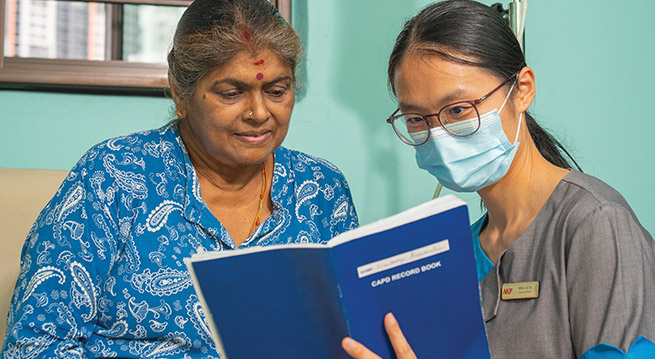
Living well with PD
At 70 years old, Velusamy Saraswathy is no stranger to community life. A long-time volunteer with her Residents’ Committee and Community Centre’s Indian Activity Executive Committee, she has spent more than 20 years bringing people together through walks, gatherings and social events.
A life-changing diagnosis
Last year, however, her life changed. When her doctor told her daughter and son-in-law that her kidneys were deteriorating and dialysis was necessary, Velusamy was deeply saddened. “I felt very tired all the time and I told myself that I would have to go for dialysis regardless,” she recalls.
Choosing home-based dialysis
From the start, she chose home-based peritoneal dialysis instead of haemodialysis, which is done three times a week at a community-based dialysis centre and requires travel. At first, the idea was daunting. She felt that the treatment was too unfamiliar and that she was not ready. But after learning more from her doctor and the PD nursing team, she decided to proceed. Nine months on, she has no regrets.
Velusamy performs PD four times a day at home, each session taking about 30 minutes. Using a simple bag system, the procedure is painless because there is no need to poke a needle and is convenient as it does not require a machine.
Her treatment costs are heavily subsidised by the government and NKF, reducing the financial burden of dialysis treatment. More importantly, PD has given her back her independence and quality of life. “Before PD, my appetite was very poor. I could hardly eat and only drank water. Now, my energy has returned to the same as before. I can do everything I used to, and I can even do my treatment in the comfort of my home.”
Living life to the fullest
Today, Velusamy enjoys a full and active lifestyle. On a typical day, she visits the market for groceries, shops at the mall, spends time with her grandchildren or visits her elderly mother.
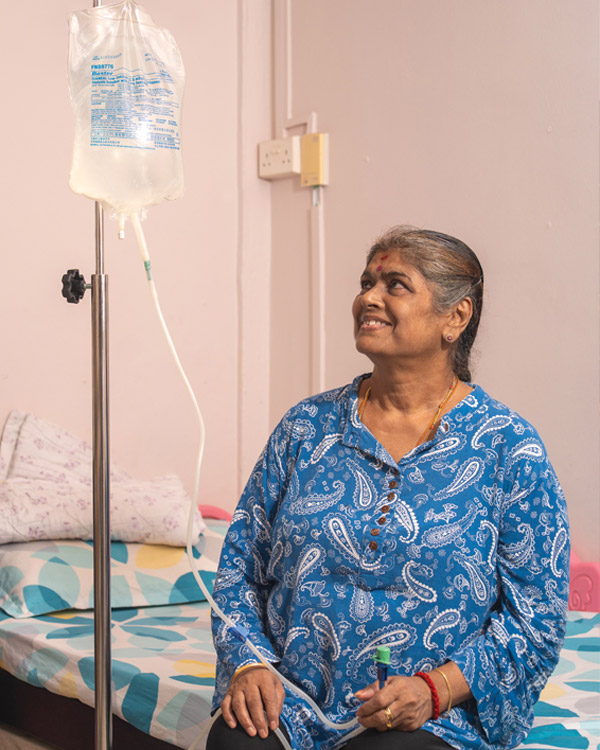
She is able to take care of her own daily needs and keeps her mind sharp by playing computer games and puzzles on quieter days.
Her husband and helper provide daily home support, while her family remains her strongest pillar, always ensuring she is well. The guidance from NKF’s PD nurses has also been invaluable. “They guided me through the process, taught me the do’s and don’ts, giving me the confidence to manage PD on my own. I feel empowered, not dependent.”
“Along with my family’s encouragement and support, treatment has given me the strength to take charge of my health.”
Velusamy Saraswathy
Giving back, moving forward
For Velusamy, PD has not only helped her regain her health but also allowed her to continue the things she loves most – volunteering, socialising and engaging with her community. Looking ahead, she hopes to join NKF’s peer support group and activities, inspiring others along the way.
Her advice to fellow patients is simple yet heartfelt: “Don’t give up, you can get through this. Treatment works and makes you feel better.”
Understanding peritoneal dialysis
Here’s what you need to know about this life-saving home-based treatment for kidney failure patients.
What is peritoneal dialysis (PD)?
PD is a daily, non-intermittent home treatment that uses the peritoneum, a thin lining in the abdomen, as a natural filter to remove waste and excess fluid. Dialysis solution (dialysate) is introduced into the abdomen through a catheter. Waste and fluid from the blood pass into the dialysate, which is then drained from the body.
Benefits of PD

Painless
No needling required

Greater freedom and autonomy
Supports a flexible lifestyle for work and lesiure

Gentler on the body
Mimics natural kidney function

Fewer dietary restrictions
Less fluid buildup between sessions
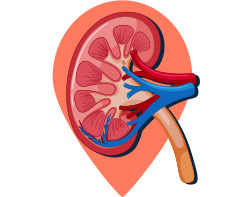
Longer-lasting kidney function
Preserves residual kidney function
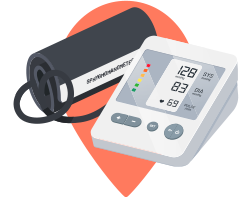
Fewer side effects
Less fluctuation in blood pressure

Cut down on travelling time
No need for frequent trips to a dialysis centre

Flexible treatment hours
Greater control over treatment timing
How It Works

Types of PD
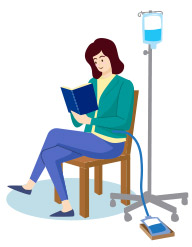
Continuous Ambulatory PD (CAPD)
CAPD is a manual, daytime dialysis method using gravity. Patients perform 3 – 4 exchanges every day, each lasting about 30 minutes, allowing flexibility in their daily routine.
- Connect a bag of dialysate to the catheter in the abdomen. Fluid flows into the abdomen under gravity.
- The dialysate stays in the abdomen for 4 – 6 hours, absorbing waste and excess fluid while the patient continues with their daily activities.
- Drain the used fluid, flush the tubing, and start the next cycle with a fresh bag of dialysate.

Automated PD (APD)
APD is done overnight using a machine, lasting 8 – 10 hours. It frees up the patient’s schedule for daily activities.
- Before going to bed, connect the machine to the catheter to fill the abdomen with dialysate.
- The machine automatically exchanges the dialysate multiple times throughout the night.
- By morning, the treatment is complete. Disconnect the catheter and dispose the used fluid.
